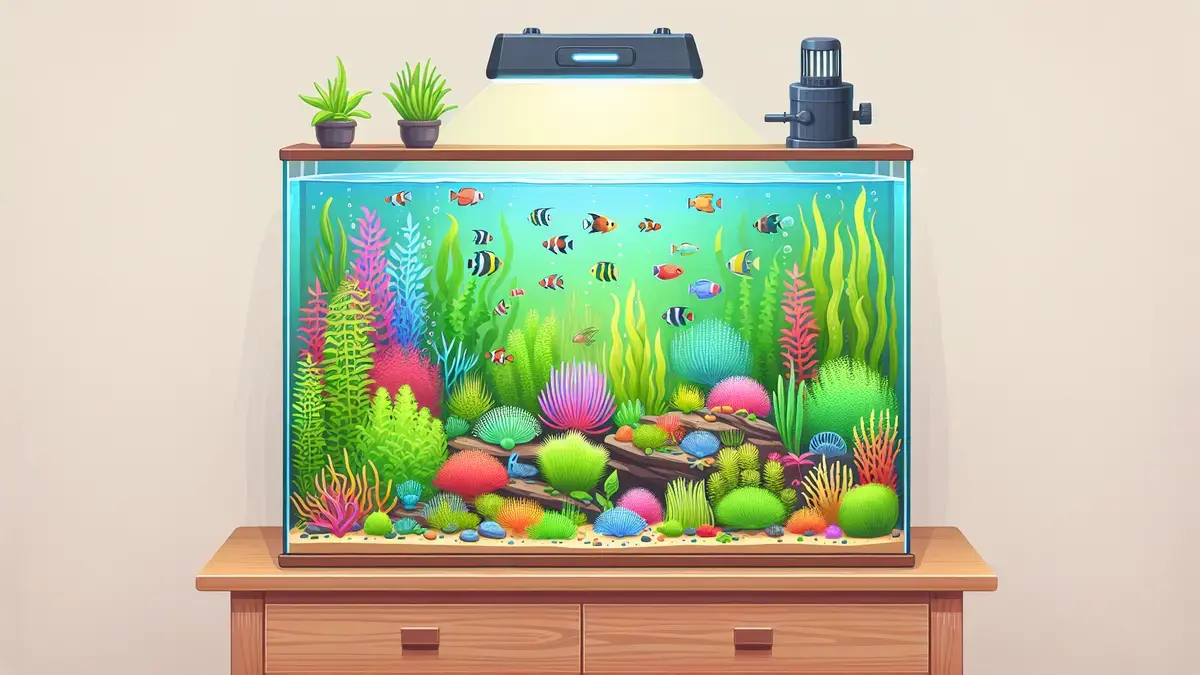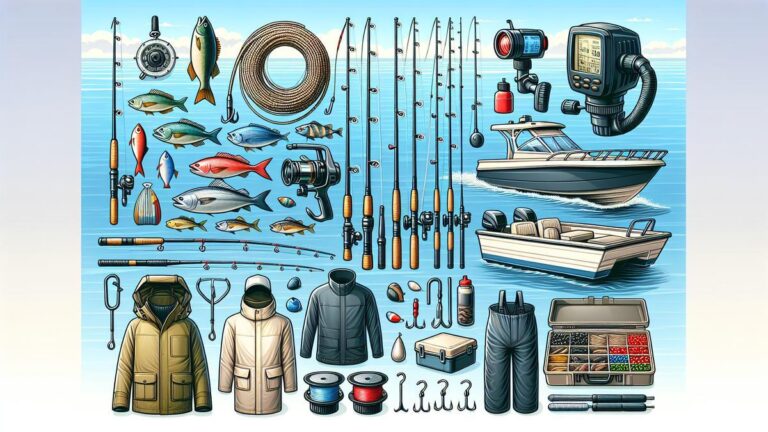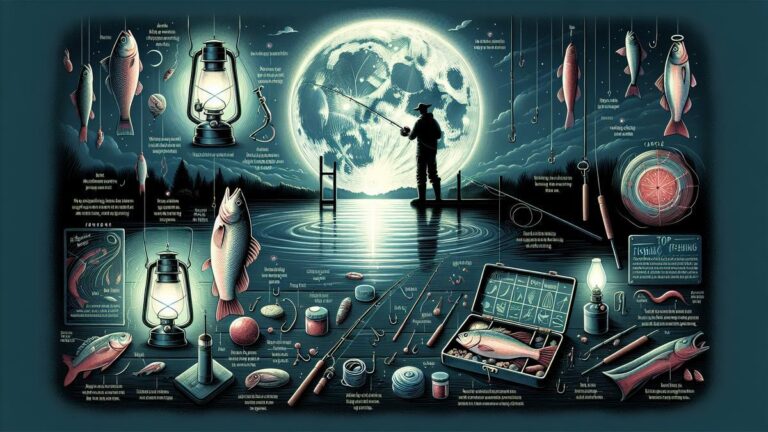Aquarium Setup Tips for a Thriving Aquatic Environment
If you’re considering setting up an aquarium, it’s crucial to understand the Aquarium Setup Tips for a thriving aquatic environment. First, choose the right tank size for your fish species – ensuring they have enough space to swim and grow. Invest in a high-quality water filtration system to keep the water clean and free from toxins. Additionally, carefully consider the placement of decorations and plants to provide hiding spots and stimulation for your aquatic pets. Remember to regularly test the water parameters and conduct partial water changes to maintain a healthy ecosystem. By following these tips, you’ll be well on your way to creating a beautiful and sustainable aquatic habitat for your beloved fish.
Key Takeway
- Choose the right size tank for your aquatic pets
- Ensure proper filtration and water quality maintenance
- Provide suitable lighting and temperature for your aquarium
- Decorate with natural substrates and plants for a more natural environment
- Regularly monitor and maintain your aquarium to keep your pets healthy
Aquarium Setup Tips for a Thriving Aquatic Environment
Setting up an aquarium can be an exciting and rewarding experience for both you and your aquatic pets. However, it’s important to ensure that you create a suitable environment for your fish to thrive. Here are some aquarium setup tips to help you create a thriving aquatic environment:
1. Choose the Right Size Aquarium
When selecting an aquarium, it’s crucial to consider the size of your fish and their space requirements. A larger tank provides more swimming space and allows for better water quality. Aim for a tank that is at least 20 gallons for small fish and increase the size as your fish grow.
2. Select the Appropriate Filtration System
A good filtration system is essential for maintaining a healthy aquarium. It helps remove waste, toxins, and excess nutrients from the water, ensuring a clean and safe environment for your fish. Consider using a combination of mechanical, biological, and chemical filtration methods to achieve optimal water quality.
3. Provide Proper Lighting
Lighting plays a crucial role in the overall health and well-being of your fish and plants. Different species of fish have varying lighting requirements, so it’s important to research the specific needs of your fish. Use a timer to ensure consistent lighting cycles and avoid excessive exposure to light, which can lead to algae growth.
4. Maintain the Right Water Parameters
Monitoring and maintaining the right water parameters is vital for the health of your fish. Regularly test the water for temperature, pH levels, ammonia, nitrite, and nitrate levels. Make necessary adjustments to ensure the water conditions are suitable for your fish species.
5. Decorate the Aquarium
Adding decorations to your aquarium not only enhances its visual appeal but also provides hiding spots and territories for your fish. Use natural materials like rocks, driftwood, and live plants to create a more natural and stimulating environment. Ensure that the decorations are fish-friendly and do not have sharp edges or toxic coatings.
6. Introduce Fish Gradually
When adding new fish to your aquarium, it’s important to do so gradually. This allows the existing fish to adjust to the newcomers and reduces the risk of stress and aggression. Quarantine new fish before introducing them to the main tank to prevent the spread of diseases.
7. Feed Your Fish Properly
Proper nutrition is essential for the overall health and vitality of your fish. Feed them a balanced diet that includes a variety of high-quality flakes, pellets, and frozen or live foods. Avoid overfeeding, as it can lead to poor water quality and health issues for your fish.
8. Perform Regular Water Changes
Regular water changes are crucial for maintaining a healthy aquarium. Aim to change 10-20% of the water every week to remove accumulated toxins and replenish essential minerals. Use a dechlorinator to neutralize chlorine and chloramines in tap water before adding it to the tank.
9. Monitor and Address Any Issues
Keep a close eye on your aquarium and observe your fish for any signs of stress, illness, or abnormal behavior. Address any issues promptly by adjusting water parameters, improving filtration, or seeking veterinary advice if necessary.
10. Enjoy the Journey
Setting up and maintaining an aquarium can be a fulfilling and enjoyable hobby. Take the time to learn about different fish species, their behaviors, and their specific care requirements. Enjoy the beauty and tranquility of your aquatic environment while providing a safe and thriving home for your fish.
Frequently asked questions
1. What are some aquarium setup tips for a thriving aquatic environment?
Here are some top aquarium setup tips to ensure a thriving aquatic environment:
- Choose the right size tank for your fish.
- Use a high-quality filter to keep the water clean.
- Add live plants for natural filtration and oxygenation.
- Monitor water temperature and quality regularly.
- Introduce fish slowly to avoid stressing them.
2. Why is aquarium setup important for the health of my fish?
A proper aquarium setup is crucial for the health of your fish, as it provides the right environment for them to thrive. It ensures clean water, proper oxygen levels, and a comfortable habitat for the fish.
3. How can I maintain the water quality in my aquarium?
To maintain water quality in your aquarium, you can follow these tips:
- Perform regular water changes.
- Test the water parameters for pH, ammonia, nitrite, and nitrate levels.
- Use a high-quality filter and clean it regularly.
- Avoid overfeeding your fish to prevent waste buildup.
4. Can I use tap water for my aquarium?
Yes, you can use tap water for your aquarium, but it’s important to treat it first. Use a water conditioner to remove chlorine and chloramine, which can be harmful to fish. You can also consider using a reverse osmosis (RO) system for purer water.
5. What are some common mistakes to avoid when setting up an aquarium?
Some common mistakes to avoid when setting up an aquarium include:
- Adding fish before the tank has cycled.
- Overcrowding the tank with too many fish.
- Neglecting water quality and maintenance.
- Choosing incompatible fish species.
- Not providing enough hiding places and decorations for the fish.

Este artigo foi criado pela nossa avançada ferramenta de criação de conteúdo. Quer produzir conteúdos de alta qualidade semelhantes sem esforço? Adquira nossa ferramenta hoje mesmo no Automatik Blog.






